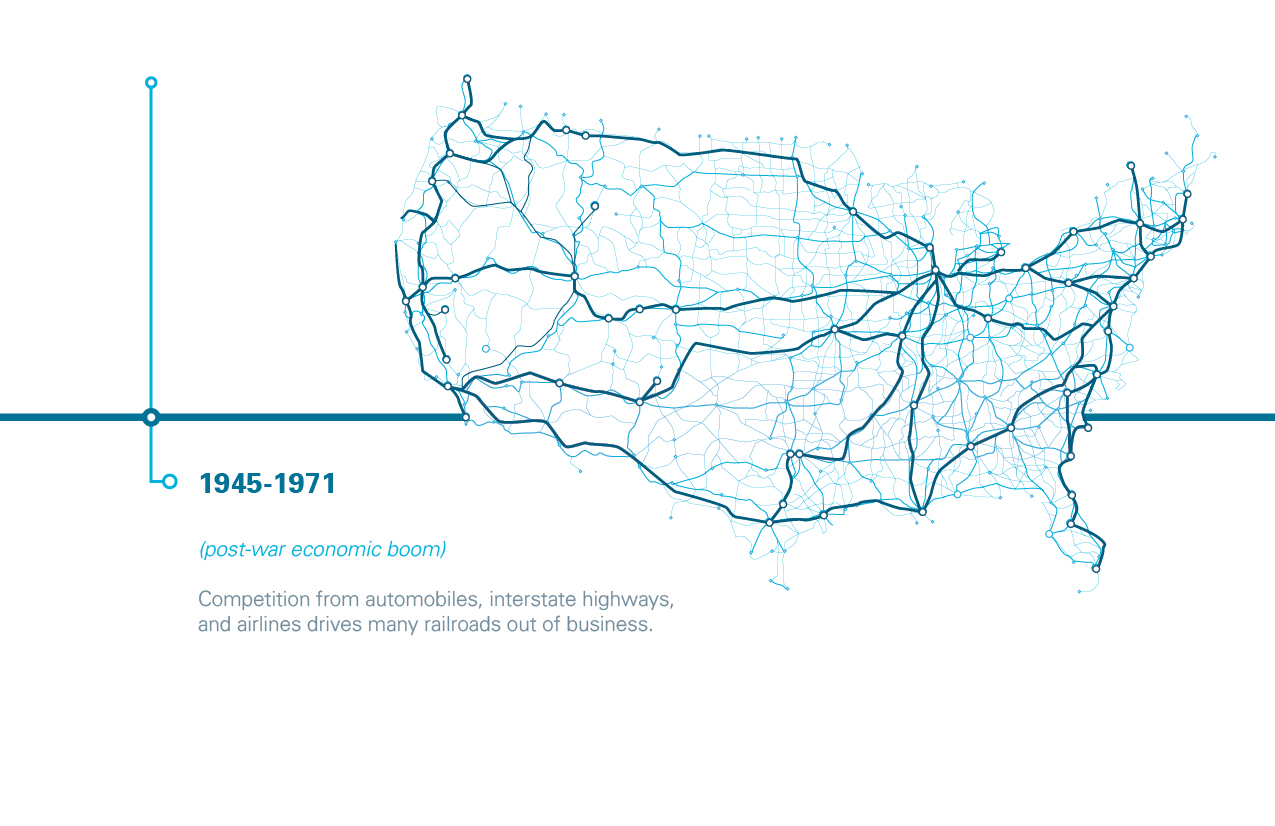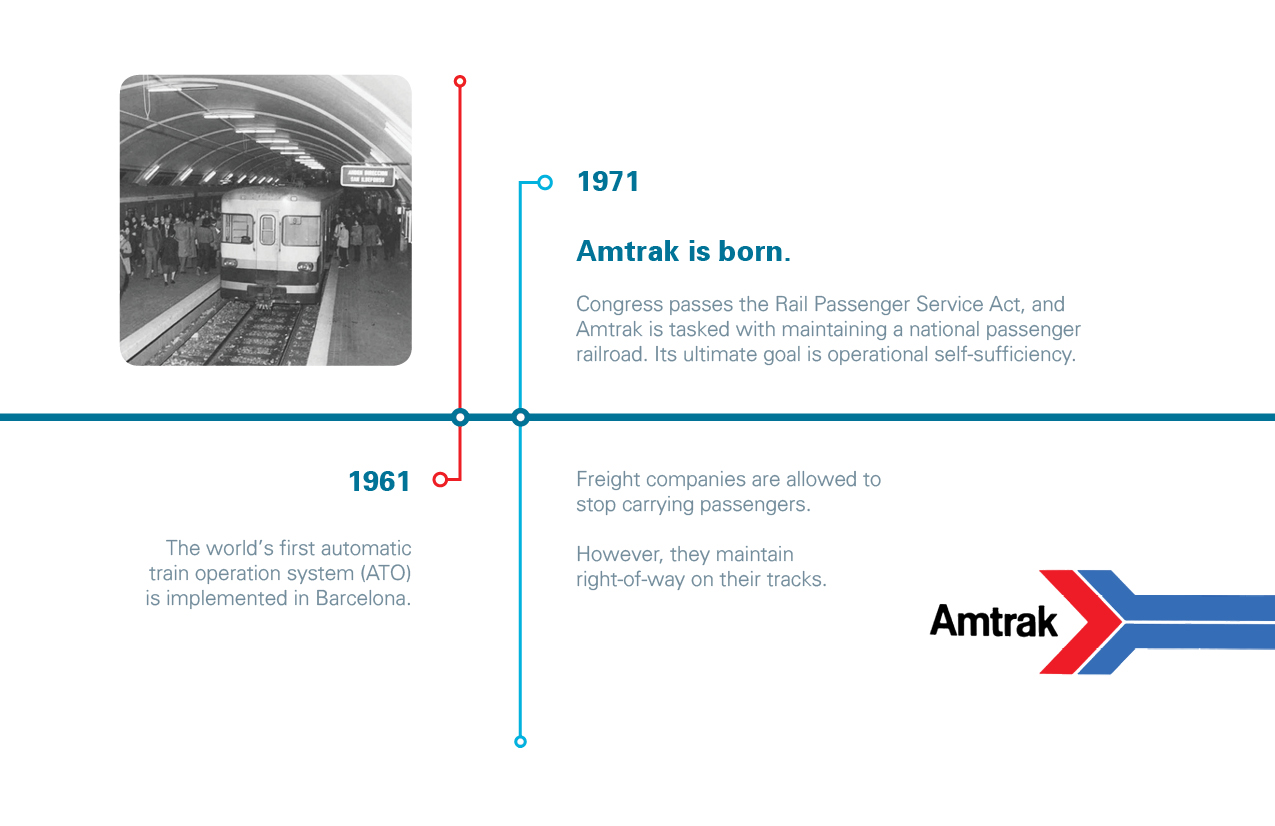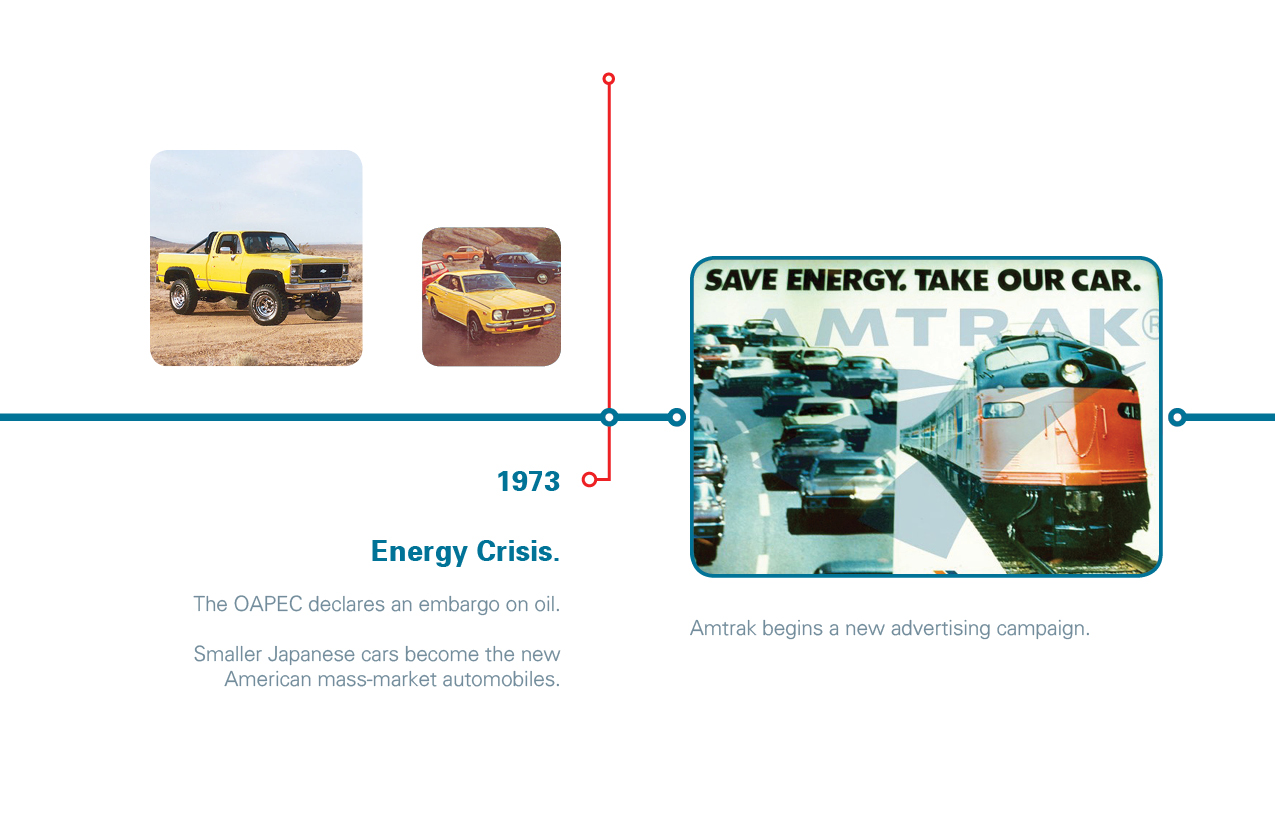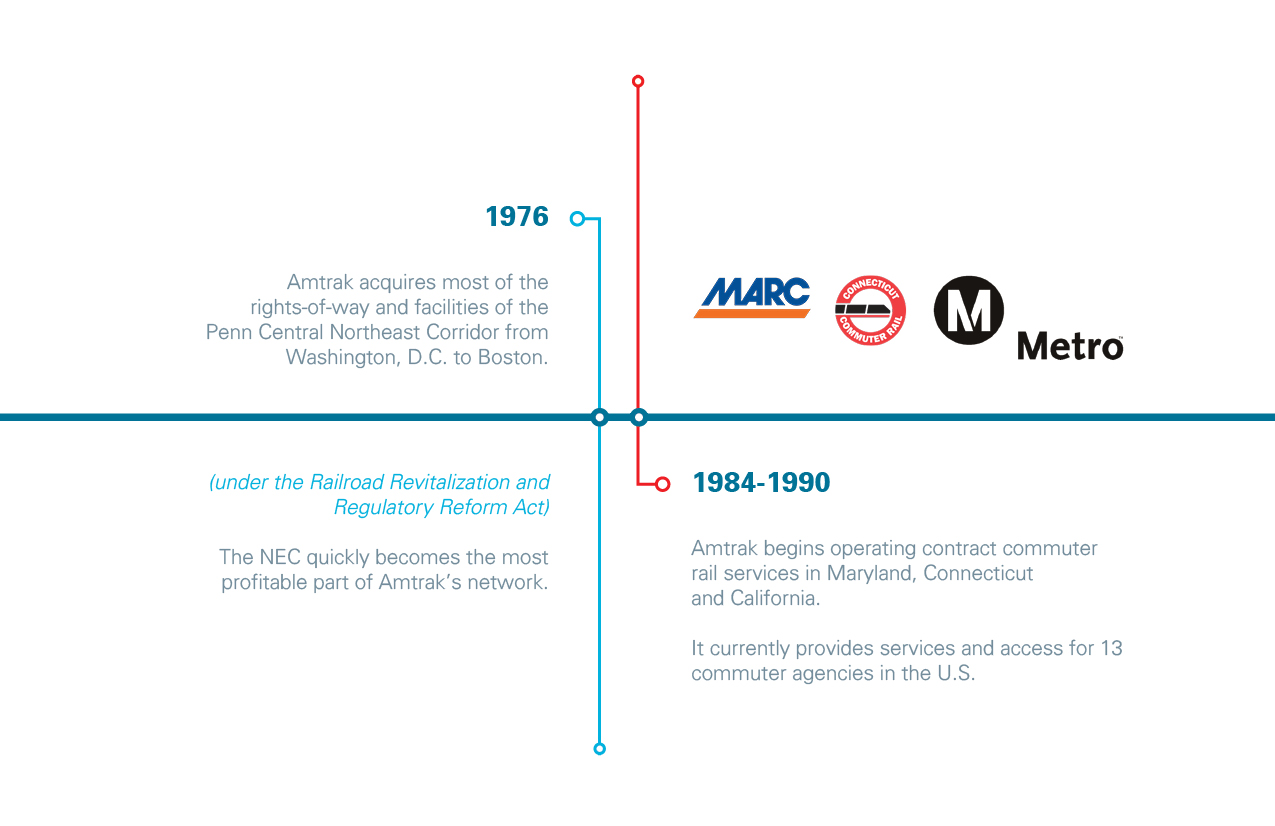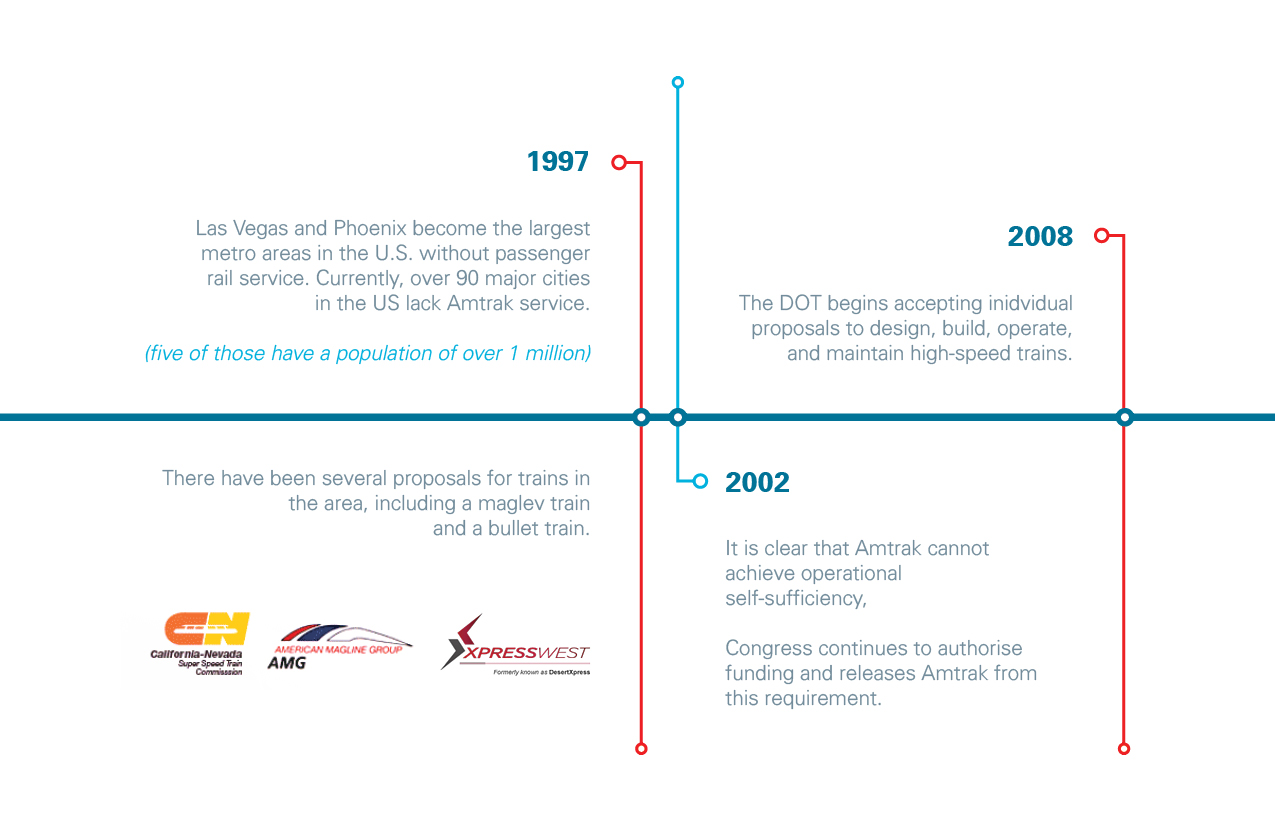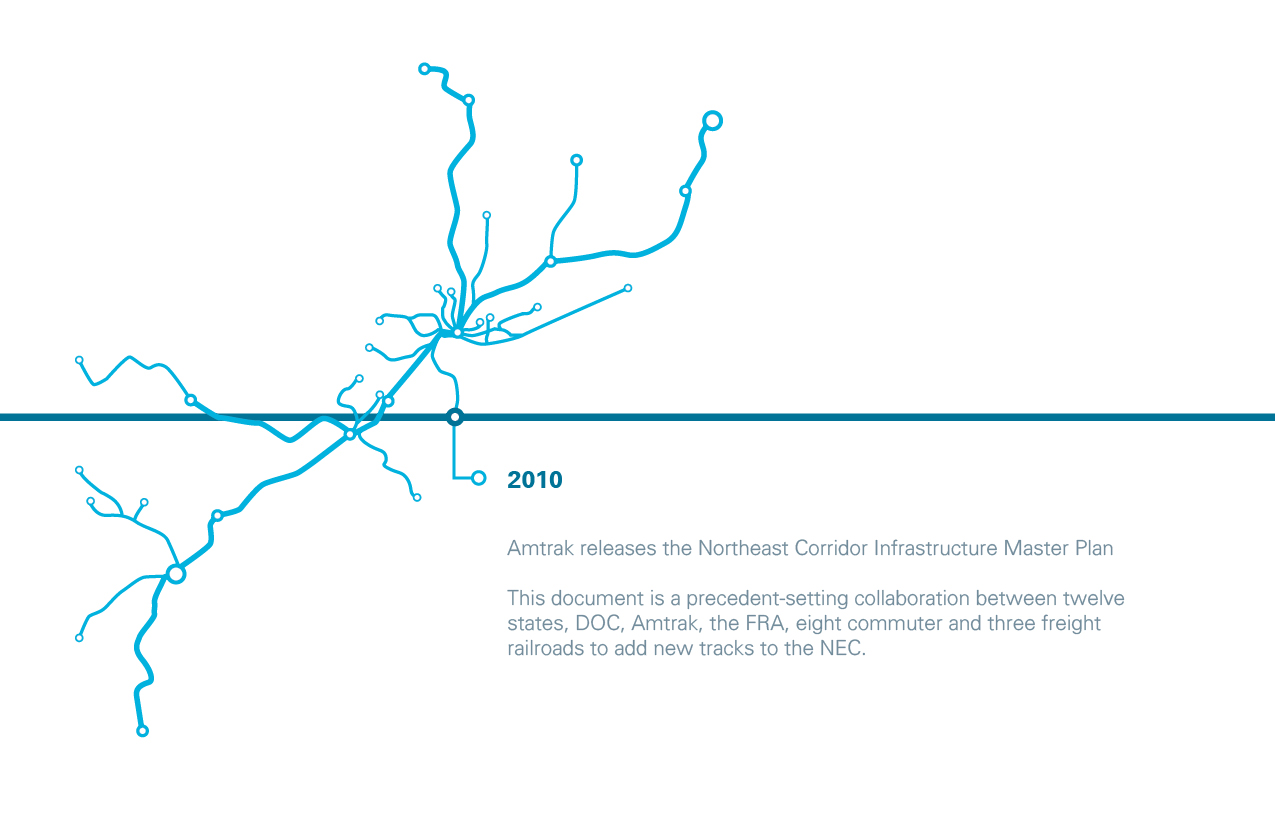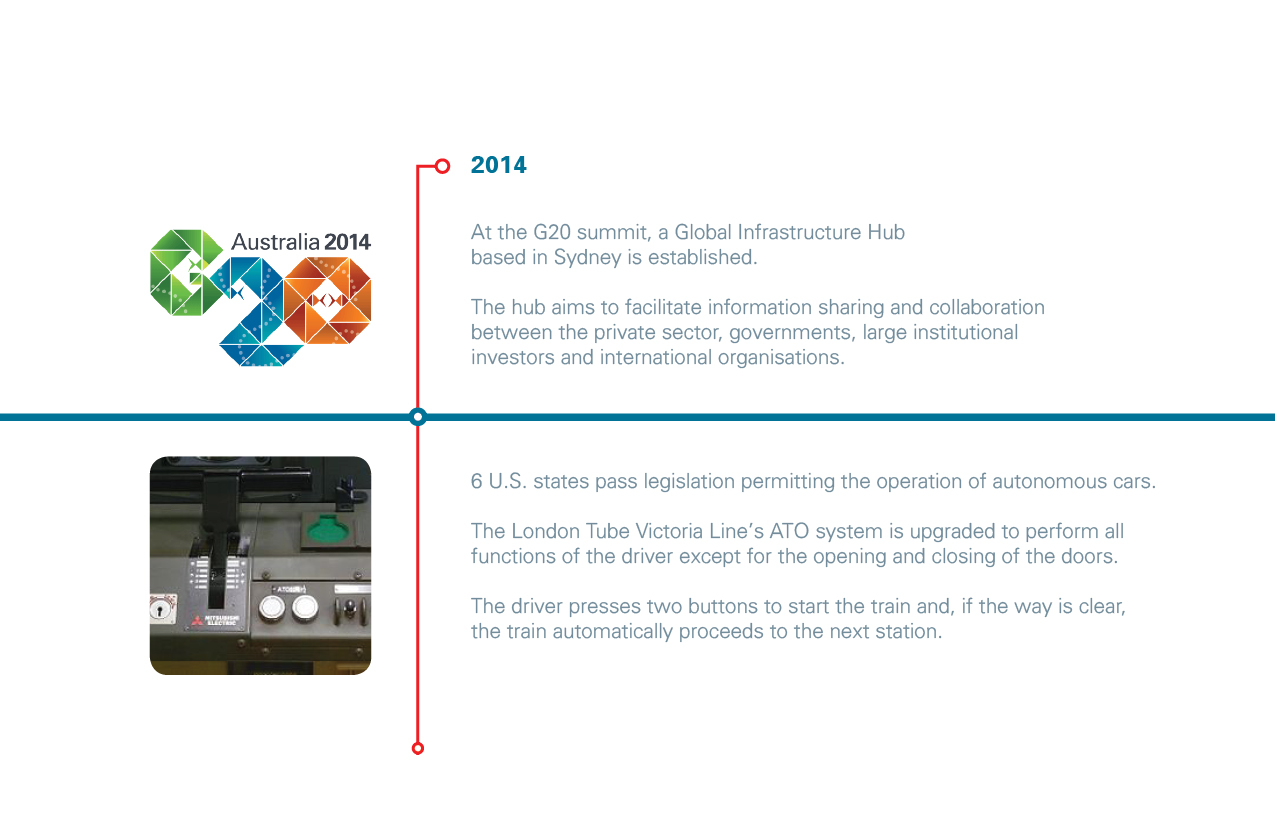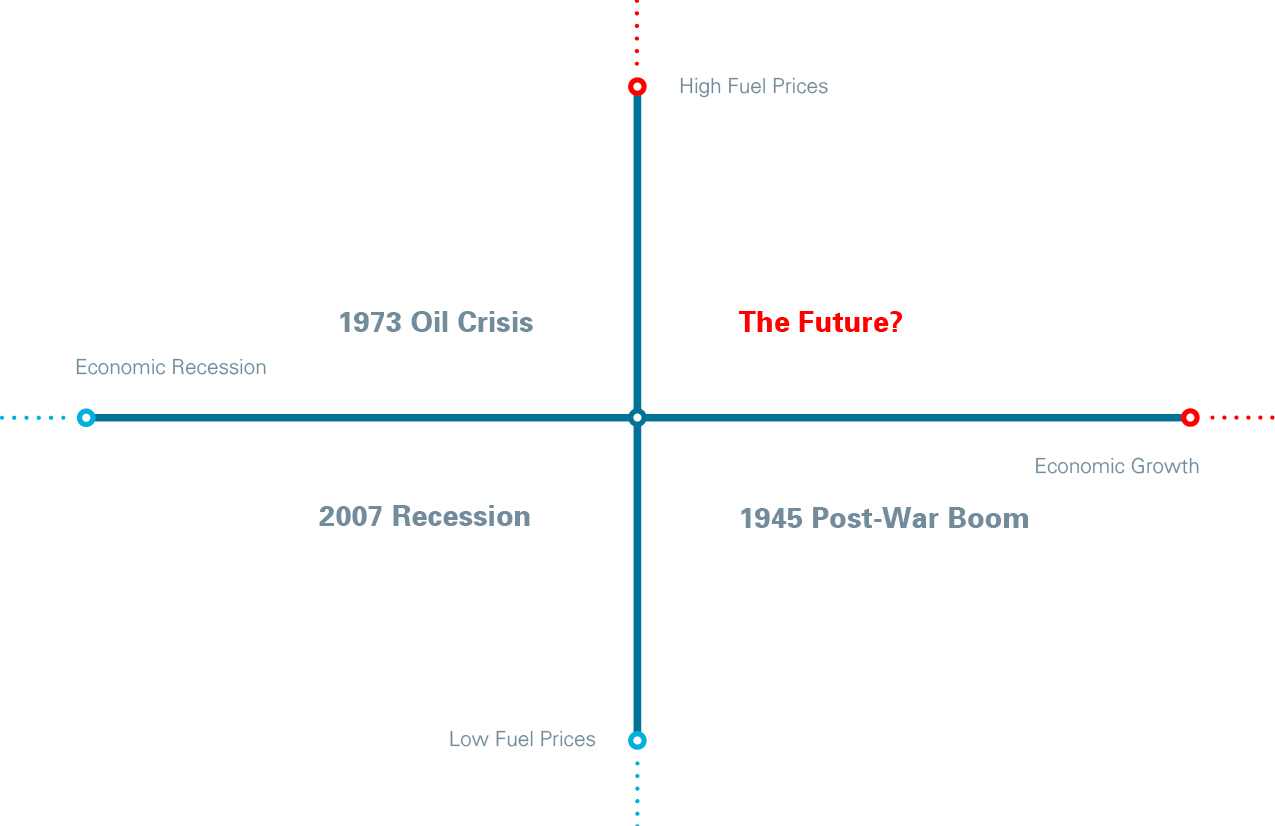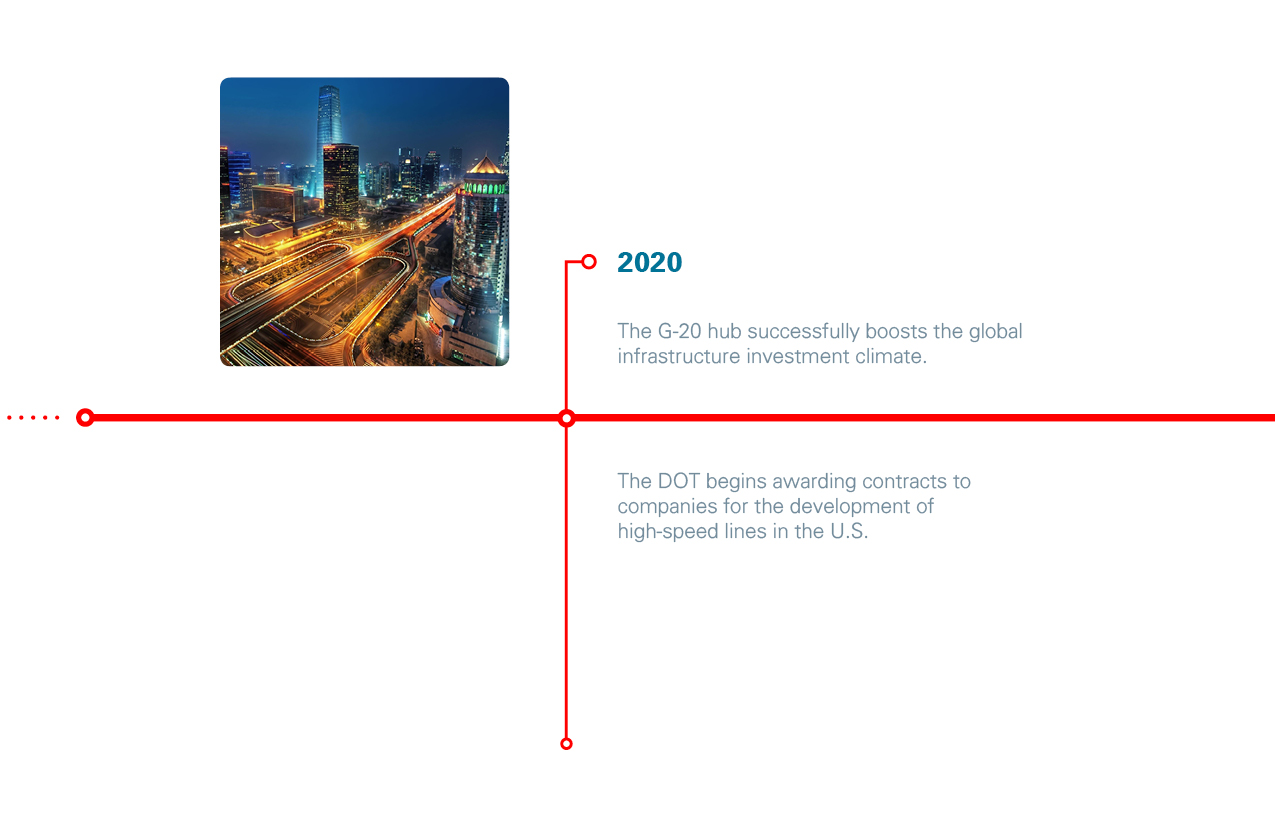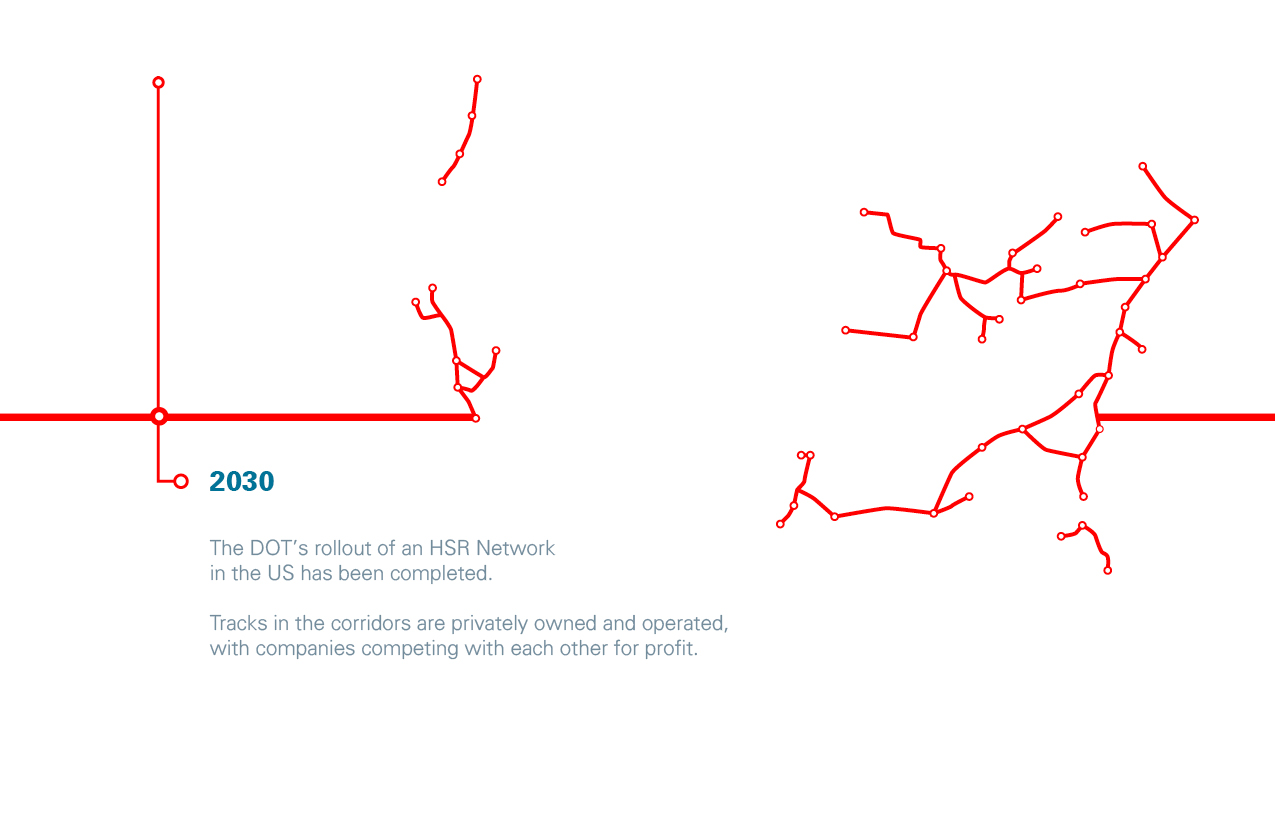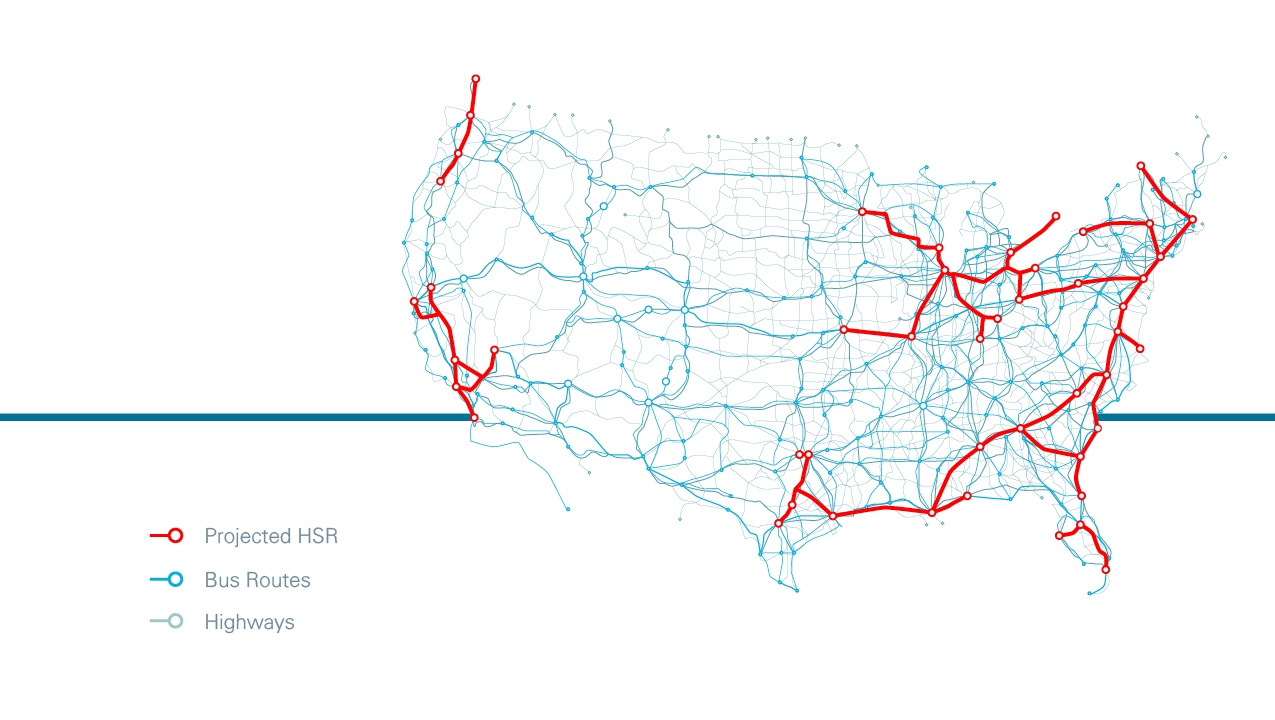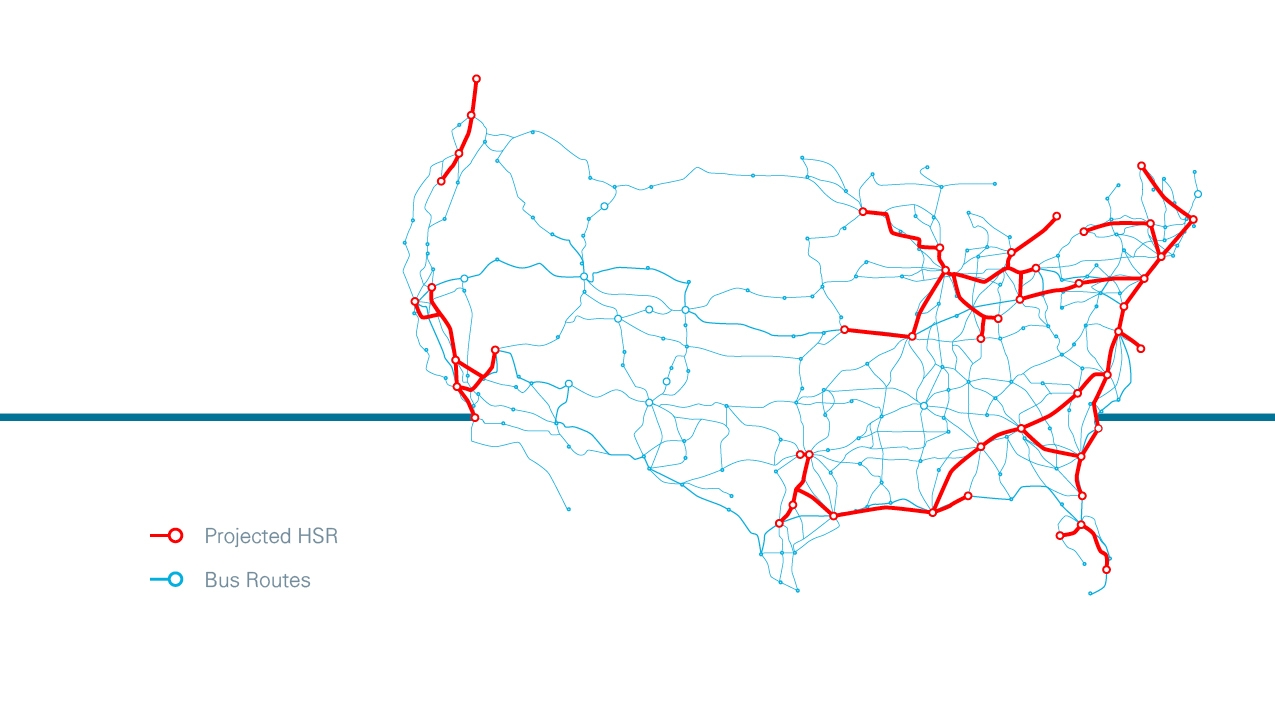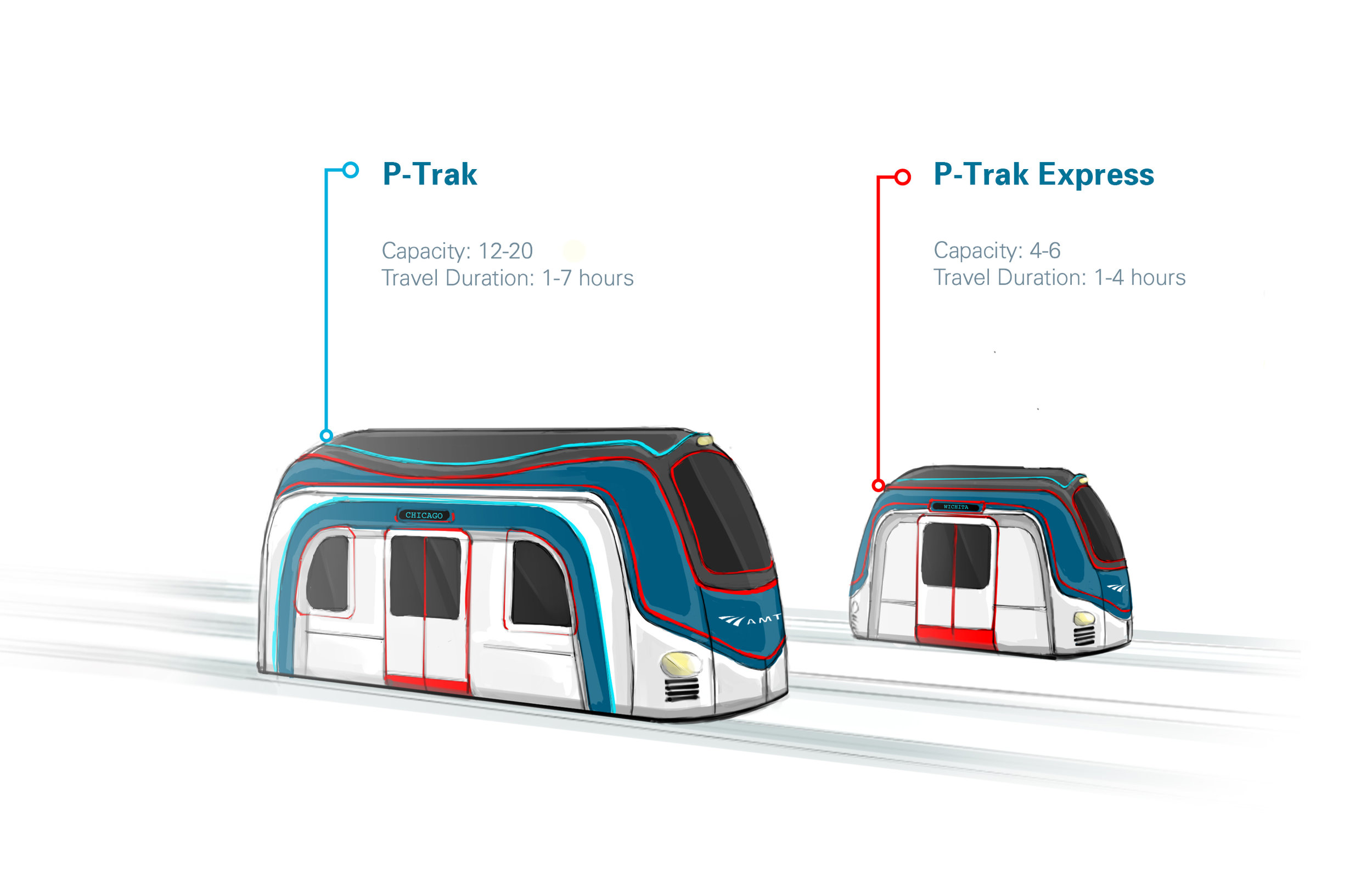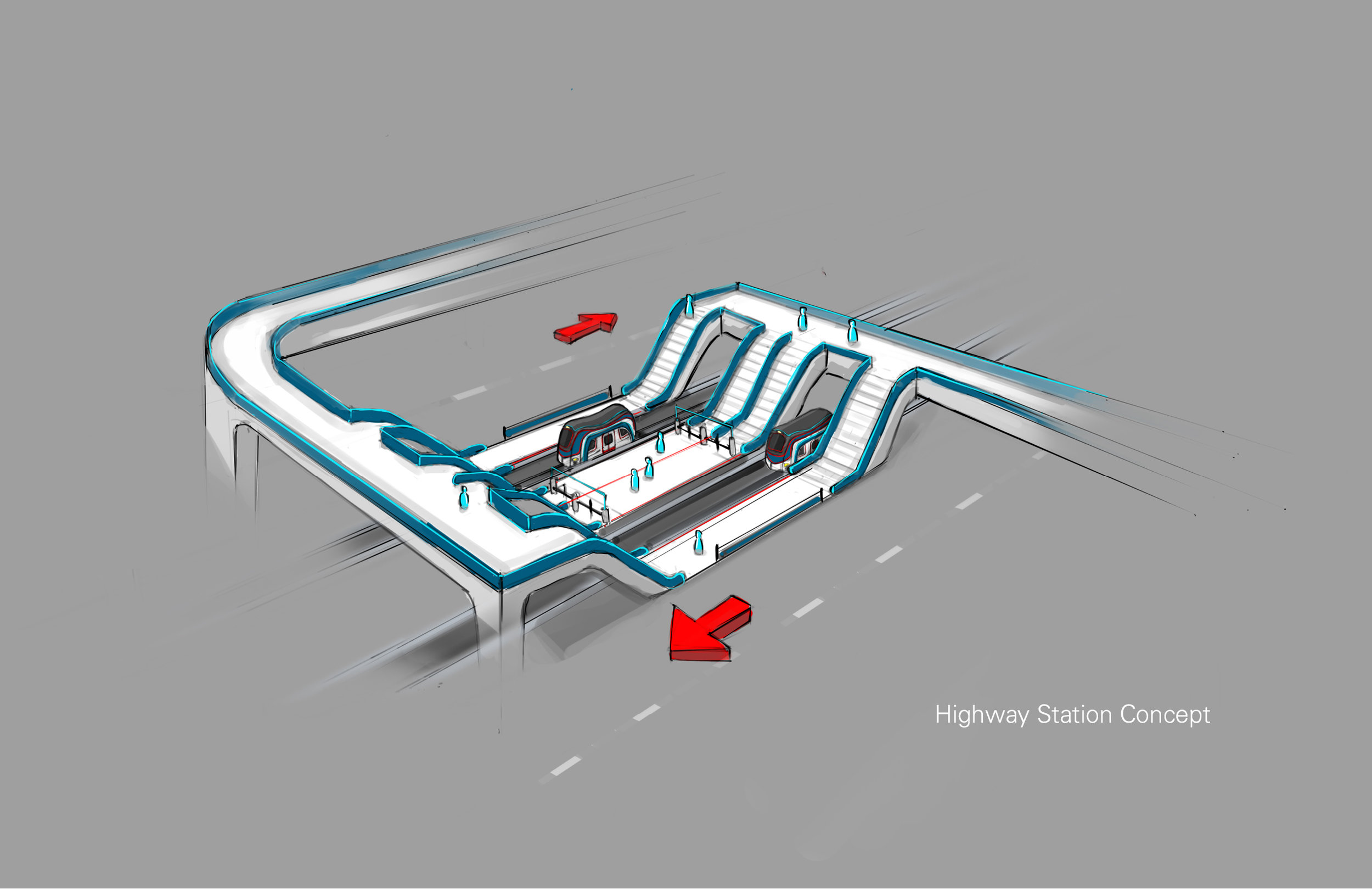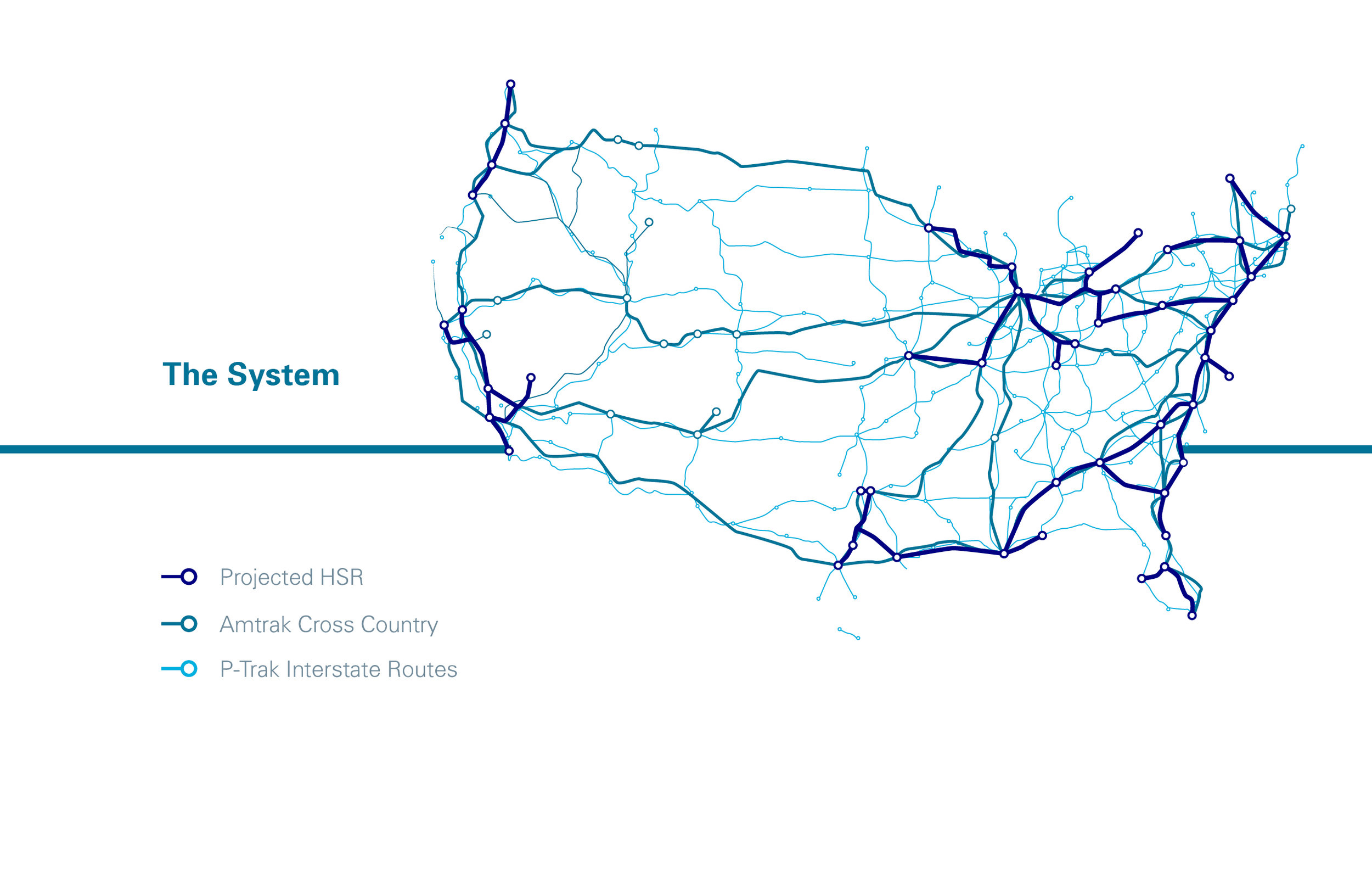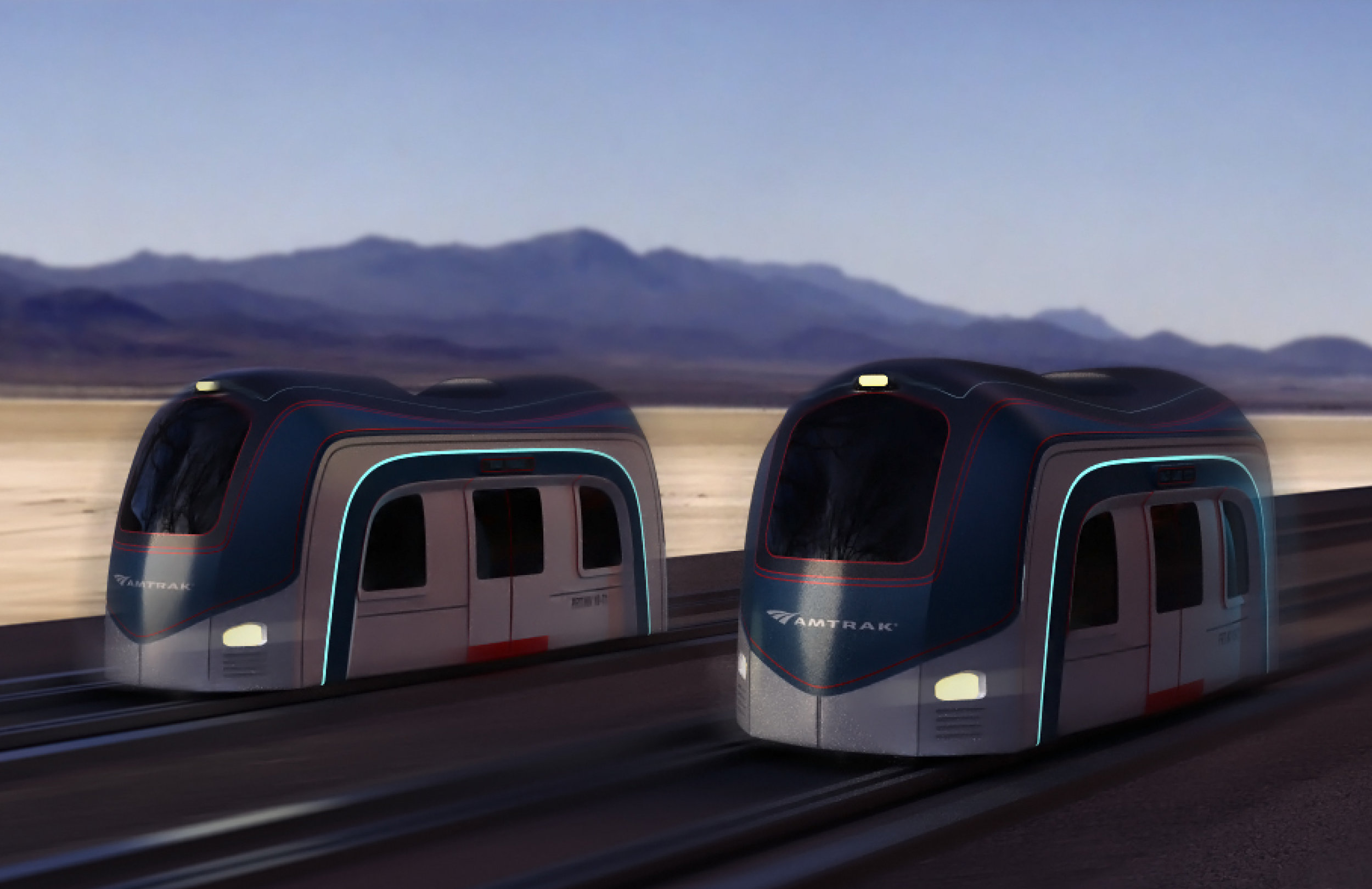This project is a case study and analysis of Amtrak as the single provider of inter-state passenger rail services in the US.
Using the STEEP (Social, Technological, Economic, Environmental, Political) framework, I researched and identified key uncertainties for Amtrak, created possible scenarios of the future in 25 years, and proposed design strategies in the context of that future space.
A brief history of Amtrak.
What happens to Amtrak if US passenger rail service is privatised?
What if single-occupant vehicles are no longer economically viable?
This scenario was based off current trends of DBOT (design, build, operate, transfer) models of public infrastructure projects prevalent in Asia, in keeping with the U.S. DOT’s call in 2008 for individual proposals for high-speed rail networks in the country.
Sourced from FHWA, Amtrak, and US HSR Association.
Amtrak in the Age of Autonomy
Introducing P-trak - a new transportation system that combines the accessibility of cars with the environmental efficiencies of railways. By leveraging the existing US interstate highway system, personal rapid transit (PRT) units would provide service to cities with limited public transit. Two different sizes of pods with capacities of 20 or 6 passengers could serve different types of routes in the network.
The symmetric design allows each pod to travel forward and backward on the same railway line. Each pod can navigate entirely autonomously between cities or states, providing customers a faster, more intimate travel experience than traditional railways.
"The future is already here - it's just not very evenly distributed."
- W. Gibson



